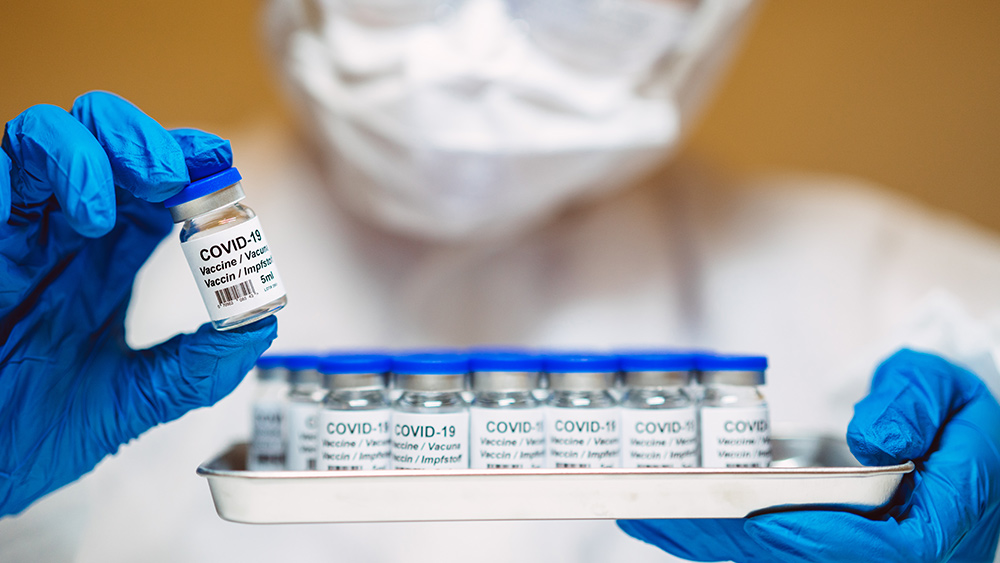 Parler
Parler Gab
Gab
Who knew that proper breathing is a natural anti-viral?
Published in the journal Nature Communications, the Harvard study utilized a "lung chip" to mimic the mechanical forces of breathing to tests "dead" influenza bugs. Researchers evaluated how breathing impacts the uptake of these bugs, to which they discovered that respiration is basically an anti-viral activity that the body engages in automatically. "This research demonstrates the importance of breathing motions for human lung function, including immune responses to infection, and shows that our Human Alveolus Chip can be used to model these responses in the deep portions of the lung, where infections are often more severe and lead to hospitalization and death," said co-author Dr. Haiqing Bai from Harvard's Wyss Institute. The simple act of breathing also exercises the lungs, stretching and relaxing them with every inhale and exhale. This natural motion influences both the development and vital function of the lungs, which naturally combats infection. Two parallel microfluidic channels were lined with different types of living human cells, recreating the interface between human air sacs and their blood-transporting capillaries. The upper channel was given alveolar lung cells while the lower channel was given lung blood vessel cells. The channel lined with alveolar cells was then pumped with air while the blood vessel channel was provided with a flowing culture medium containing nutrients that are normally delivered by the blood. The research team then separated the two channels using a porous membrane that allowed molecules to flow between them before pumping H3N2 influenza into them. Upon doing this, they noticed several hallmarks of infection, including the breakdown of junctions between cells, a 25 percent increase in cell death, an increase in levels of multiple inflammatory cytokines, and the initiation of cellular repair programs. The blood vessel cells of infected chips also expressed much higher levels of immune cells, though there was 50 percent less viral mRNA observed in the alveolar channels of chips exposed to natural breathing motions, as well as a massive reduction in inflammatory cytokine levels. A follow-up genetic analysis revealed that the mechanical strain activated molecular pathways associated with immune defense and multiple antiviral genes. When the cyclical stretching stopped, however, mimicking no more breathing, these activations reversed. "This was our most unexpected finding – that mechanical stresses alone can generate an innate immune response in the lung," said fellow co-author Prof. Longlong Si. More related news can be found at Science.news. Sources for this article include: StudyFinds.org NaturalNews.comDeborah Birx hid covid info from Trump, altered CDC guidelines without approval
By Ethan Huff // Share
By Mary Villareal // Share
Qatari study finds natural immunity is 97% EFFECTIVE against severe COVID even after 14 months
By Ramon Tomey // Share
Governments continue to obscure COVID-19 vaccine data amid rising concerns over excess deaths
By patricklewis // Share
Tech giant Microsoft backs EXTINCTION with its support of carbon capture programs
By ramontomeydw // Share
Germany to resume arms exports to Israel despite repeated ceasefire violations
By isabelle // Share










